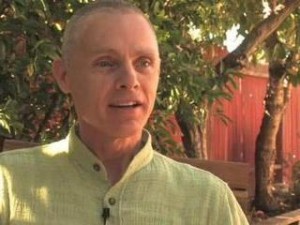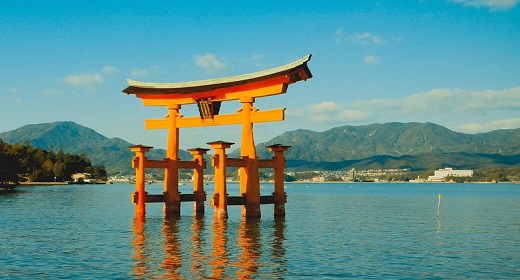by Adyashanti: The real search isn’t a search into tomorrow, or to anywhere other than now. It’s starting to look into the very nature of this moment.  In order to do that, you have to “stand in your own two shoes,” as my teacher used to say. What she meant by “standing in your own two shoes” is you have to look clearly into your own experience. Stop trying to have someone else’s experience. Stop chasing freedom or happiness, or even spiritual enlightenment. Stand in your own shoes, and examine closely: What’s happening right here and right now? Is it possible to let go of trying to make anything happen? Even in this moment, there may be some suffering, there may be some unhappiness, but even if there is, is it possible to no longer push against it, to try to get rid of it, to try to get somewhere else?
In order to do that, you have to “stand in your own two shoes,” as my teacher used to say. What she meant by “standing in your own two shoes” is you have to look clearly into your own experience. Stop trying to have someone else’s experience. Stop chasing freedom or happiness, or even spiritual enlightenment. Stand in your own shoes, and examine closely: What’s happening right here and right now? Is it possible to let go of trying to make anything happen? Even in this moment, there may be some suffering, there may be some unhappiness, but even if there is, is it possible to no longer push against it, to try to get rid of it, to try to get somewhere else?
I understand that our instinct is to move away from what’s not comfortable, to try to get somewhere better, but as my teacher used to say, “You need to take the backward step, not the forward step.” The forward step is always moving ahead, always trying to attain what you want, whether it’s a material possession or inner peace. The forward step is very familiar: seeking and more seeking, striving and more striving, always looking for peace, always looking for happiness, looking for love. To take the backward step means to just turn around, reverse the whole process of looking for satisfaction on the outside, and look at precisely the place where you are standing. See if what you are looking for isn’t already present in your experience.
So, again, to lay the groundwork for awakening, we must first let go of struggling. You let go by acknowledging that the end of struggle is actually present in your experience now. The end of struggle is peace. Even if your ego is struggling, even if you’re trying to figure this out and “do it right,” if you really look, you might just see that struggle is happening within a greater context of peace, within an inner stillness. But if you try to make stillness happen, you’ll miss it. If you try to make peace happen, you’ll miss it. This is more like a process of recognition, giving recognition to a stillness that is naturally present.
We’re not bringing struggle to an end. We’re not trying to not struggle anymore. We’re just noticing that there is a whole other dimension to consciousness that, in this very moment, isn’t struggling, isn’t resentful, isn’t trying to get somewhere. You can literally feel it in your body. You can’t think your way to not struggling. There isn’t a three–point plan of how not to struggle. It’s really a one–point plan: Notice that the peace, this end of struggling, is actually already present.
The process is therefore one of recognition. We recognize that there is peace now, even if your mind is confused. You may see that even when you touch upon peace now, the mind is so conditioned to move away from it that it will try to argue with the basic fact of peace’s existence within you: “I can’t be at peace yet because I have to do this, or that, or this question hasn’t been answered, or that question hasn’t been answered, or so–and–so hasn’t apologized to me.” There are all sorts of ways that the egoic mind can insist that something needs to happen, something needs to change, in order for you to be at peace. But this is part of the dream of the mind. We’re all taught that something needs to change for us to experience true peace and freedom.
Just imagine for a moment that this isn’t true. Even though you may believe that it’s true, just imagine for a moment: What would it be like if you didn’t need to struggle, if you didn’t need to make an effort to find peace and happiness? What would that feel like now? And just take a moment to be quiet and see if peace or stillness is with you in this moment.









































